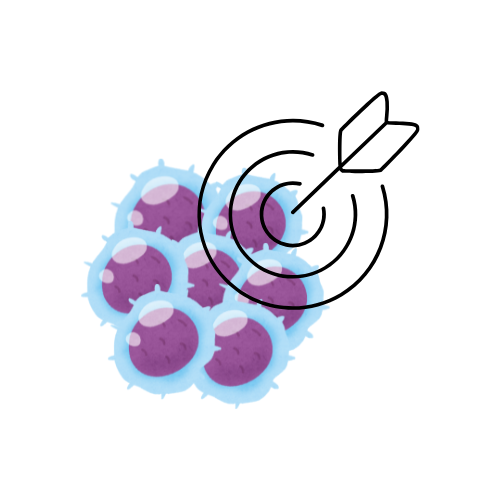Research
Radio- and photobiology of targeted therapies
The research line on radio- and photobiology of targeted therapies focuses on the development of tracers that utilize therapeutic radionuclides or photosensitizers to selectively target and eliminate cancer cells or other diseased tissues. Understanding the underlying mechanisms of action of these tracers is crucial for advancing targeted therapeutic strategies, including combination therapies. This research aims to identify clinically relevant targets and to develop tracers that specifically bind to these targets. These tracers are then thoroughly characterized in preclinical models to facilitate their successful translation into clinical applications.
A key focus of the research is on fibroblast activation protein (FAP), a biomarker found on cancer-associated fibroblasts and certain cancer cells across a range of tumor types. Ongoing projects are evaluating the effectiveness of photodynamic therapy and targeted radionuclide therapy with small molecule-, minibody- and antibody-based tracers in animal models for various tumor types (e.g. pancreatic ductal adenocarcinoma and sarcoma). A NWO Veni grant enables further unraveling of the mechanism of action of FAP-targeted radionuclide therapy in pancreatic cancer. In the EU-funded LightCure project, the use of photodynamic therapy targeting glucagon-like peptide 1 receptor (GLP1R) as a potential treatment for babies and children with congenital hyperinsulinism.

